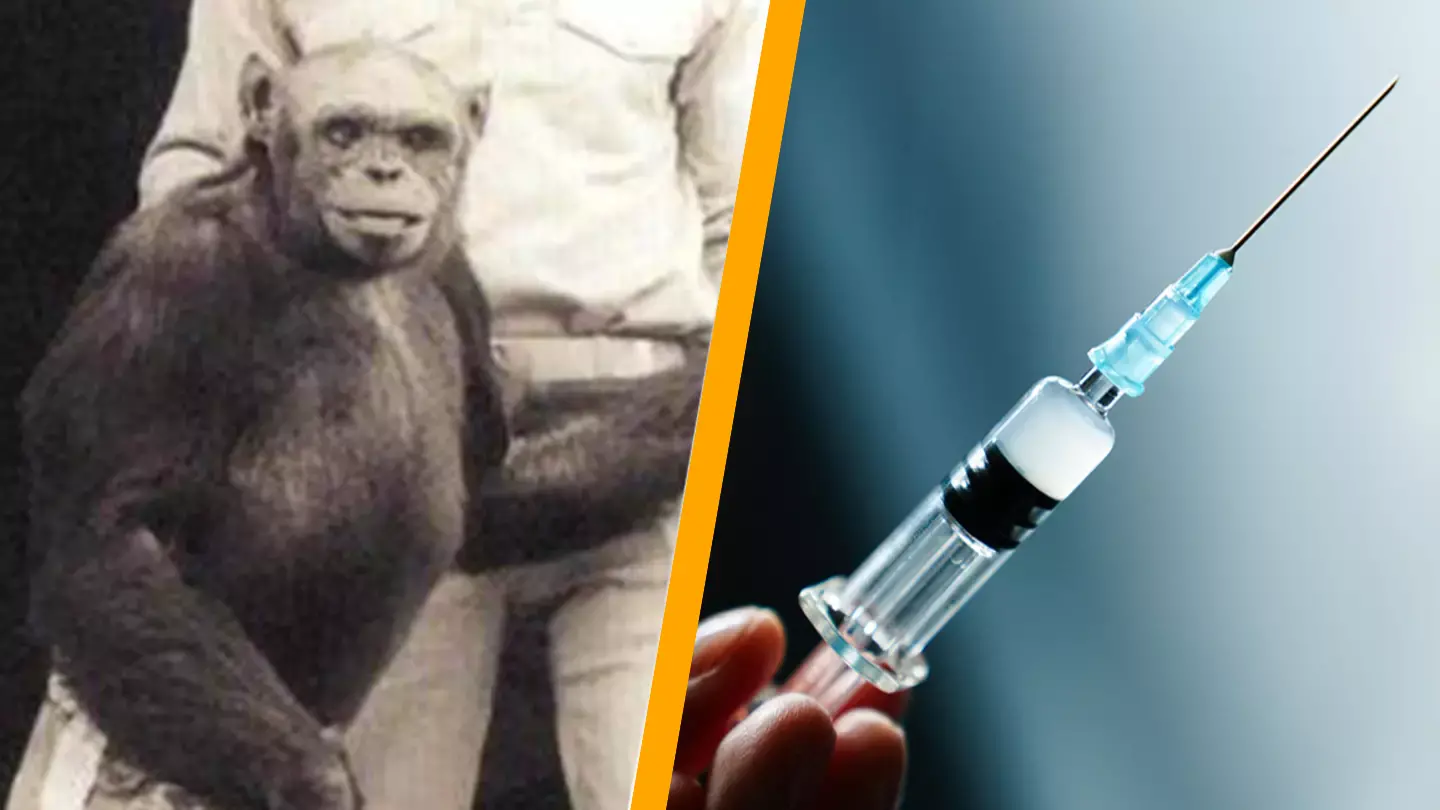During the 20th century, reports emerged of scientists creating a hybrid species dubbed the ‘humanzee.’ This creature was ultimately euthanized due to concerns over ‘moral and ethical considerations.’
Charles Darwin, in 1871, postulated that humans originated in Africa based on resemblances to African primates. Since that time, scientists have sought to challenge this evolutionary theory by attempting to create a hybrid between a human and a chimpanzee, known as the ‘humanzee.’
One of the more infamous figures in this realm was Ilya Ivanovich Ivanov, a Soviet biologist who attempted to create a human-ape hybrid in the 1920s. He was not alone in such endeavors.
Evolutionary psychologist Gordon Gallup has recounted an experiment involving a ‘humanzee’ at a laboratory where he previously worked.

Gallup asserted that this hybrid was created in Florida, and scientists were alarmed when the experiment succeeded.
Understandably, one might wonder: ‘Why would anyone attempt such a thing?’
Scientists argue that such research could have significant implications for growing human organs inside monkeys for transplant purposes in the future.
Recently, a Spanish scientist claimed to have created the first human-monkey hybrid in a Chinese laboratory. Juan Carlos Izpisúa Belmonte stated that the hybrid embryo could have been viable had the process not been halted.
Gallup notes that the practice of merging human and primate genetics is not new, having been attempted in the 20th century.
He told The Sun, decades after the event: “One of the most interesting cases involved an attempt back in the 1920s at the first primate research center in the US, located in Orange Park, Florida.
“They inseminated a female chimpanzee with human semen from an undisclosed donor and claimed that not only did pregnancy occur, but it went full term, resulting in a live birth.

“However, within days or weeks, they began to consider the moral and ethical implications, and the infant was euthanized.”
Those involved allegedly impregnated a monkey with human sperm. Once the hybrid was born, the scientists, terrified by their creation, decided to terminate it.
Gallup noted that the professor who relayed this story worked at the research center until it was relocated to another university in Atlanta, Georgia, in 1930.
Gallup is recognized for creating the ‘self-recognition’ technique, which demonstrated that primates have the ability to recognize themselves in mirrors, indicating self-awareness.
Though it may sound far-fetched, scientists continue to use monkey embryos in laboratories to investigate how organs develop in these settings.
Research has even succeeded in sustaining embryos outside the womb for up to 25 days.

